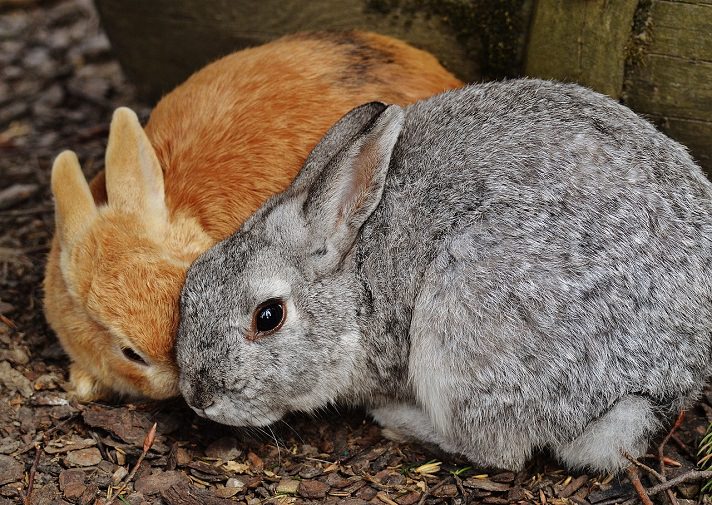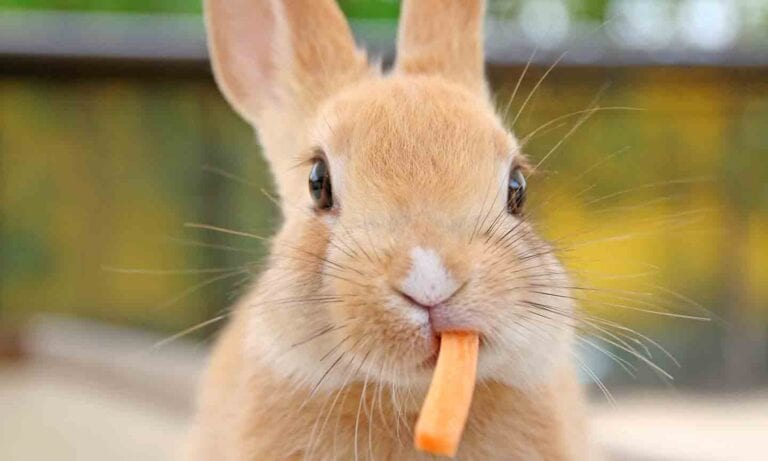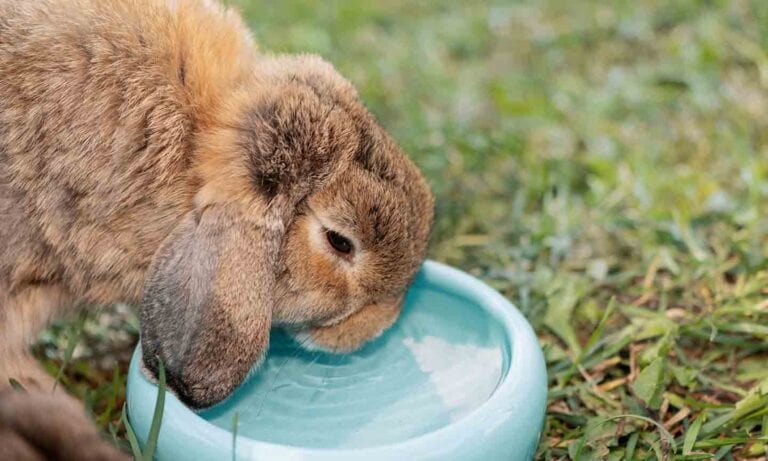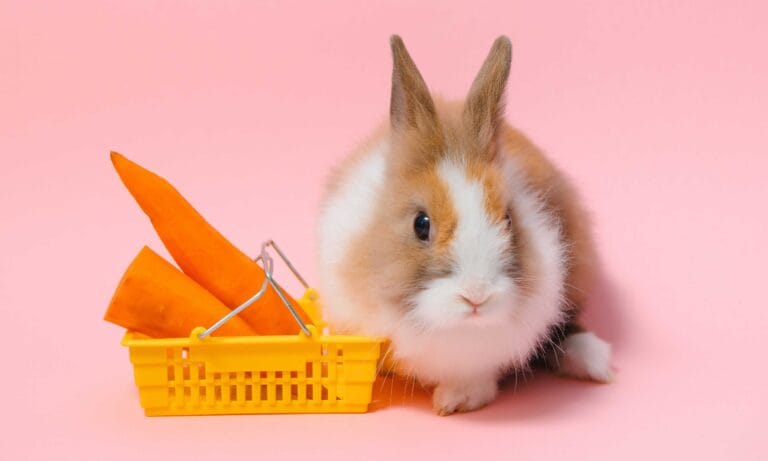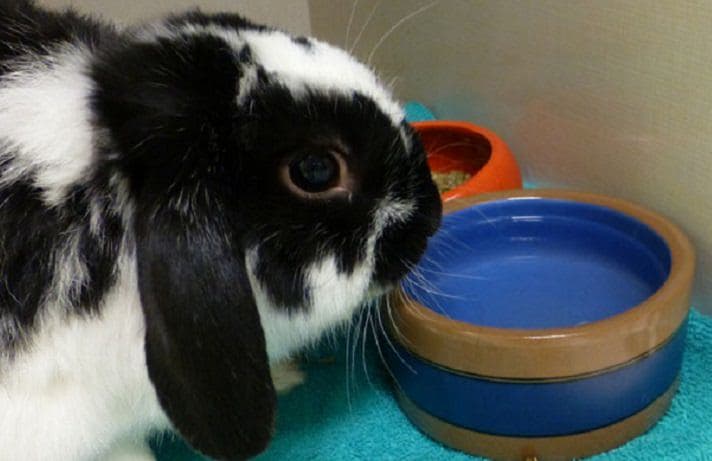In wild rabbits, behaviors such as nudging noses and nibbling each other’s fur are seen only rarely, usually as a prelude to mating. This does not mean that this is the only time affectionate behavior occurs. It simply reflects that it can be quite dangerous for rabbits above ground to indulge in such activities when there may be a predator lurking, just waiting to catch them off guard. (This also explains why rabbit courtship tends to be brief and mating even shorter.)
During courtship, both animals remain alert to possible danger, and the proceedings will put on hold at a moments notice. The male rabbit will follow a female rabbit that is sexually receptive, keeping some 15 feet behind her as she feeds. Gradually, if she seems willing, he will get closer to her and start to circle her in a stiff-legged, swaggering walk with his tail held high over his back.
Sometimes the female rabbit will play hard to get and simply continue eating. In this case the male rabbit may rush past her, twist his hindquarters as he goes by and squirt her with urine, just to make the point. (Perhaps this is the rabbit equivalent of a bunch of red roses.) If the female is interested, she and he may indulge in a bit of mutual grooming before mating as well as afterward.
Mating itself is a very rapid affair, with the male rabbit straddling the female rabbit with his forelegs, gripping her neck with his teeth. After a few thrusts, he will ejaculate and, rather unceremoniously, momentarily lose consciousness and fall off her sideways. Usually after mating, both partners will resume the nightly activity of feeding.
Mutual grooming is definitely part of rabbit behavior that indicates a bond, regardless of whether the rabbits are neutered/spayed. It will be directed not only to each other, but also at their favorite people. So when your rabbit comes to lick and gently nibble you, know that this is its way of saying “I love you.”
By: Anne McBride, Ph.D.
Featured Image: Via Alexas_Fotos/Pixabay
Share:
